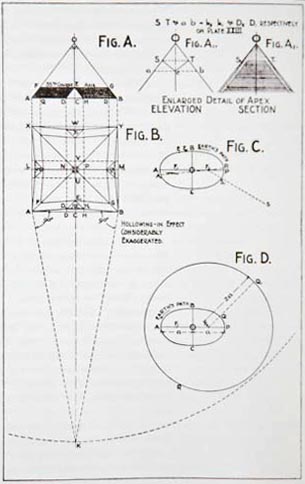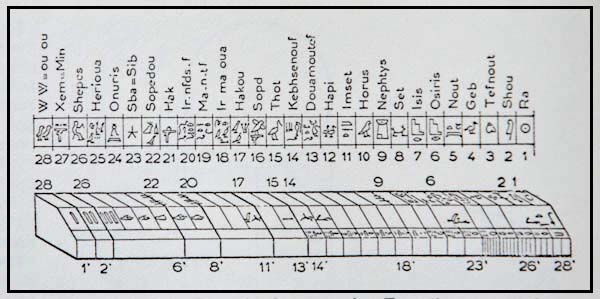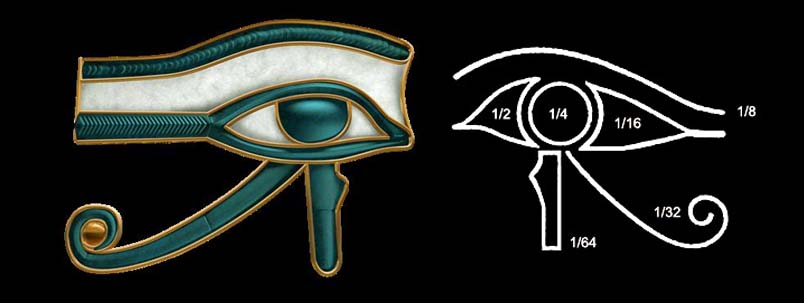SACRED MEASURE


The builders of ancient monuments used a system of measure that not only allied with this planet, but also opened portals of communication with nature and the entire cosmos.
The next time you pull out a measuring tape, assuming it is in inches and feet, you'll be surprised to know that the Imperial system of measure evolved from a system last employed to design Egyptian temples and pyramids.
Latter-day studies undertaken to measure the Earth — most notably by NASA and USGS — came up with figures that are widely accepted in the scientific world as the most accurate to date. Yet surprisingly, the Egyptians actually got there first: with the Cubit.
The Egyptians used two versions of the cubit: the Sacred or profane Cubit, which was used for everyday transactions such as commercial weights and measures; and the Royal Cubit, for the construction of temples. And it is the latter that is of specific interest.
When our ancestors erected their places of veneration, they did not choose some arbitrary point on the land. The location was, without exception, marked by the crossing paths of magnetic energy, often referred to as dragon lines or telluric currents. Using specific types of stone, with they quartz, the builders then acted to hold these errant energies to the site.
The blueprint of the temple was then applied in earnest. Ancient architects believed that the greater the correspondence between the design of the sacred site and the cosmos, the greater the effect on the human body. Using a unit of measure that perfectly corresponded with its host planet essentially made the temple an analog of the Earth. The Royal Cubit was that unit.
Ancient cultures believed that everything that exists in nature is perfect. Thehuman being on the other hand, subjected as it is to material impulses, forgets this perfection from time to time, andthus sacred sites were built that mirror that perfection as a reminder.

The divisions of the Royal Egyptian Cubit and its correspondence to the gods.
When the body is dis-eased it is out-of-alignment with its host environment; in extreme examples of illness —such as cancer — human DNA and its crystalline structure actually become deformed. It follows that when a person who is out of alignment enters a temple, the individual returns to harmony.
In other words, you walk-in holey, and walk out wholly. Or as we say today, holy.
The Egyptians were not the only ones using this technique. If you ever travel the world to experience sacred sites, you may already have realized just how perfect they look, how their proportions are pleasing to the eye, with all constituent parts balanced. Whether its a pagoda or a Stonehenge, or a Gothic cathedral or pyramid, the application of harmonics based on the divine proportions of nature was widely practiced. Ancient temples are, in essence, mirror images of a creator god, a force of nature that regulates the divine in everything. And everyone.
Return to Measure.
© Freddy Silva. No unauthorized reproduction.

A complete and practical system of measures was encoded into each element comprising the Eye of Horus.